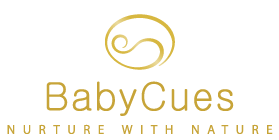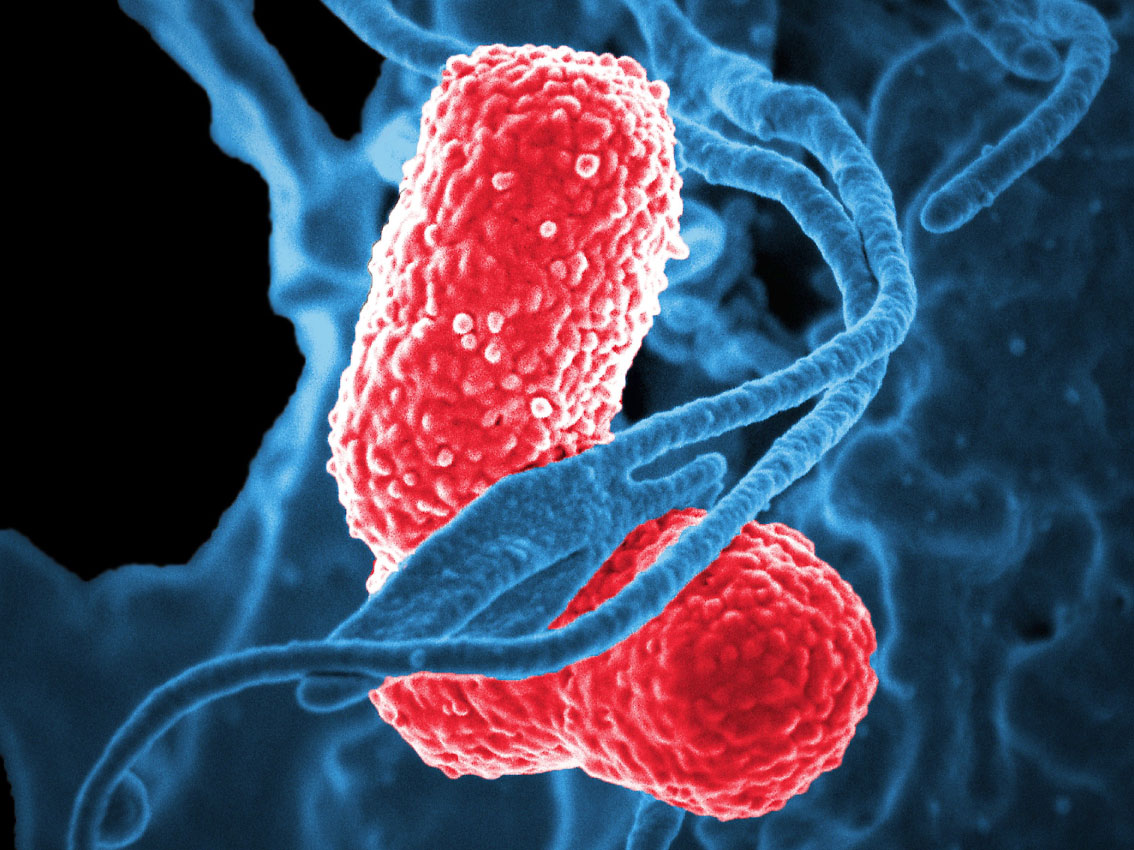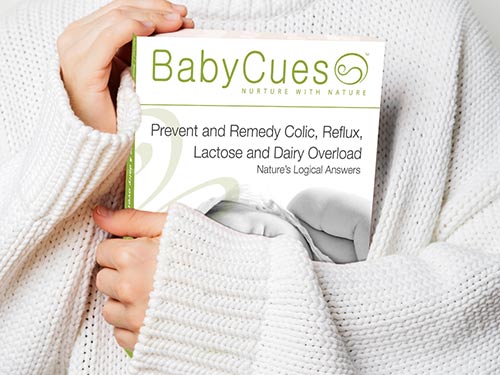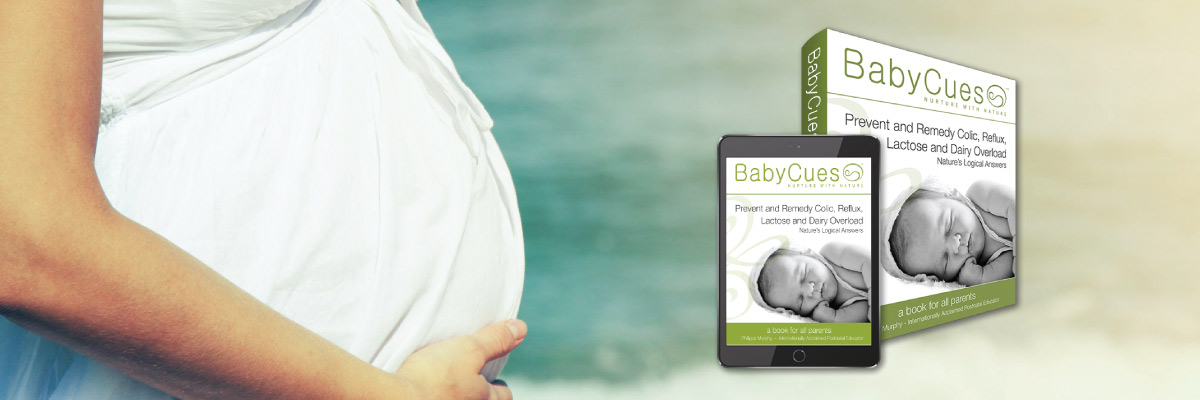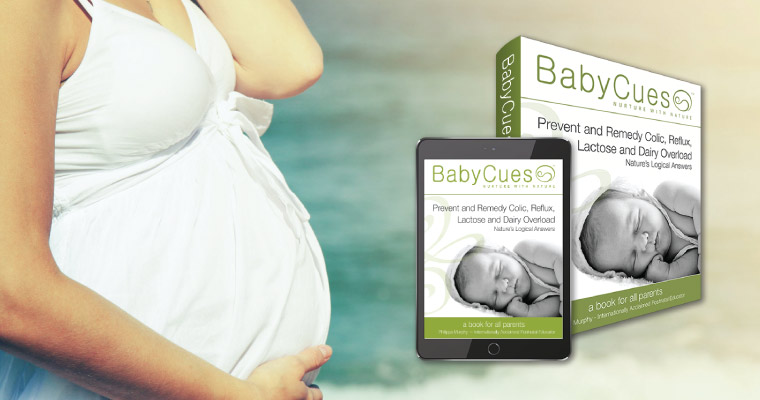The Colic Mix - NOT Healthy
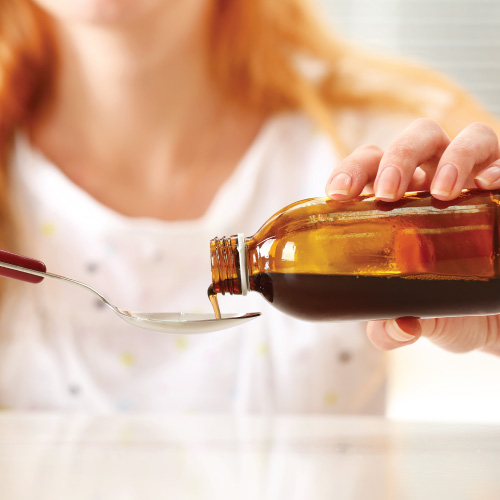
Have you heard of The Colic Mix (also known as The Padbury Mix) which is made by the pharmacist, Mr Steven Litas? It’s an over-the-counter pharmaceutical that Mr Litas makes and sells from his pharmacy in Perth, Australia, with some online hailing it to be the 'miracle cure to colic' . Having never heard of it myself, and on having a mother ask if it was suitable for her newborn, I of course went off into my enjoyable zone of researching to answer her question. What I found however, was anything but enjoyable. Instead I found myself increasingly welling up with a number of opposite emotions, as I kept finding VERY concerning information with each ingredients used.
But before I outline what I have found out about the ingredients in The Colic Mix, I’d like to say very clearly here that I do not share this information lightly. I am always significantly torn between bringing this information to light, and the feelings of those parents that have, or are using what I am shedding light on at the time. But as a Mum myself, and a Postnatal Practitioner, I believe knowledge is power, and that the health of our newborns comes first. So please know that this article is written with best intentions. It is also thoroughly researched, and not about scaremongering. It’s about creating further health and well being for our most innocent.
Get the help you need
Hailed as a game changer, life-saver and a must read from parents and postnatal professionals, this self-help book truly has the answers that NATURALLY prevent and heal the symptoms of colic, reflux, silent reflux, the witching hour and lactose and dairy overload - aka Digestive Overload, the true cause of these symptoms.
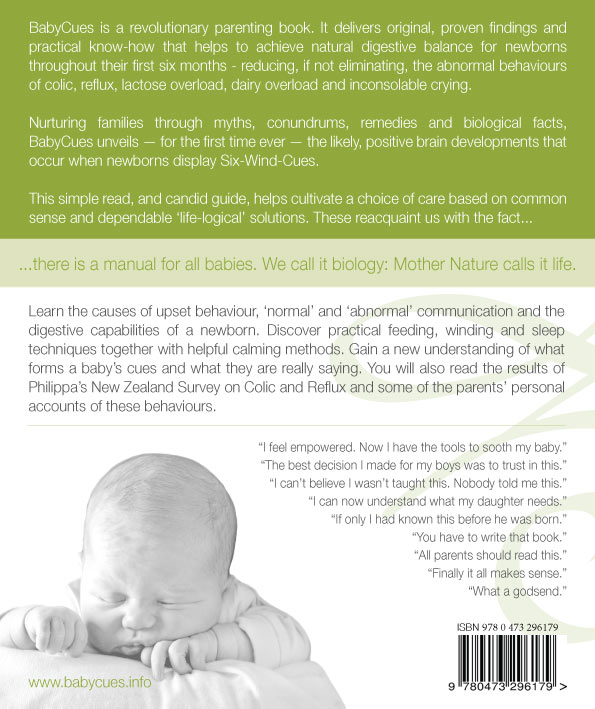
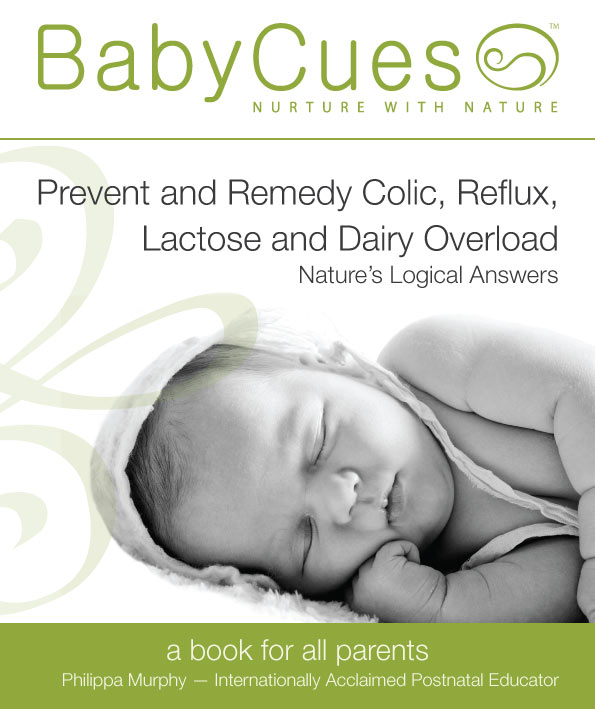
- nurture your child's digestive system
- Burp your baby to comfort
- Understand their Six-Wind-Cues
- Calm baby with techniques that work


LEARN HOW TO
- nurture your child's digestive system
- Burp your baby to comfort
- Understand their Six-Wind-Cues
- Calm baby with techniques that work
The pharmaceuticals used have major concerns
After spending a considerable amount of hours going through the ‘ingredients’ that are clearly listed on the bottle of The Colic Mix one at a time, I am actually left wondering why this is not a prescription medication, given the drugs used, and the effects. But even if it was available through a prescription, it would still not be suitable for newborns, infants and children, given the FDA guidelines on one of the drugs used. So let's go through the pharmacuiticals that are within The Colic Mix.
Hyoscyamine Sulphate
The first ingredient, Hyoscyamine Sulphate, will have your baby feeling VERY thirsty. It greatly affects saliva production,1 which in turn deprives your child from getting their necessary salivary enzymes that help breakdown their milk/food in the stomach. This not only lends itself to placing other digestive organs under pressure as they try to cope with waste and nutrients that have not be broken down effectively, but it also leads to constipation, one of the common side effects listed for this drug, which is classed as a anticholinergic/ antispasmodic. Prolonged use of anticholinergics, and the decrease or inhibition of salivary flow, may contribute to the development of caries (decay or crumbling of the tooth or bone), periodontal disease (gum disease), oral candidiasis, and discomfort.1
A paper published in the National Library of Medicine, titled, Anticholinergic Poisoning in Colicky Infants Treated With Hyoscyamine Sulfate states, “Anticholinergic poisoning in infants is rare. However, five cases are reported of infants with anticholinergic toxicity following the administration of hyoscyamine drops for the treatment of colic. Common presenting symptoms included irritability, tachycardia, and erythematous flushed skin. These cases emphasize the need for a heightened awareness by emergency physicians and pediatricians of possible anticholinergic toxicity caused by the use of hyoscyamine for infant colic.”1
Hyoscyamine Sulphate also reduces acid in the stomach.2 Reducing or turning off hydrochloric acid (HCL) in the stomach, again means the digestive system can no longer break down the nutrients in the food and the child becomes deprived of their necessary nutrients and minerals. Hydrochloric acid also plays a vital role in immunity by providing an acidic environment (typical pH of 1-2) that it is hard for any invading bacteria or virus to survive. It is a highly necessary component of protection for your baby’s health.
Common side effects:3
- dry mouth, constipation, trouble urinating, blurred vision, weakness, drowsiness, insomnia, vomiting, headache, digestive discomfort, flushing
Moderate side effects:3
- heart palpitations, uninary retention, psychosis, lactation suppression, photophobia, confusion, anhidrosis (the inability to sweat normally, leading to overheating, sometimes to heatstroke — a potentially fatal condition) impotency, sinus tachycardia (means a heart rate over 160-170 beats per minute for a newborn)
Children, infants, neonates 3
Hyoscyamine should be used cautiously in children. Severe Precaution: Infants and young children are especially susceptible to the toxic effects of anticholinergic agents.
Pregnancy3
Hyoscyamine is classified pregnancy category C. Hyoscyamine crosses the placenta. The safe use of hyoscyamine during pregnancy has not been established. Intravenous administration of hyoscyamine during pregnancy, especially near term, may produce tachycardia in the fetus,
Breast-feeding3
According to the manufacturer, hyoscyamine is distributed into breast milk. Although the extent of distribution into breast milk has not been determined, the chronic use of hyoscyamine should be avoided during breast-feeding since infants are usually very sensitive to the effects of anticholinergics.
Hyoscine Hydrobromide
Hyoscine Hydrobromide, also known as scopolamine3, is the second ingredient we will look at, which is within the Belladona plant. This drug belongs to a group called anticholinergics or antimuscarinics, which blocks a chemical called acetylcholine. This chemical is found naturally in parts of the brain and nervous system.4
Scopolamine is largely used on travel sickness patches, and administered before surgery. It has also been given the name ‘The Devil’s Breath’ and is reported to be a VERY strong drug that can render a person incapable of exercising free will. Hmmm – I wonder if this is what has the child exhibiting a ‘calmer disposition?’
The Prescriber’s Digital Reference3 apparently the most commonly used reference database for drug reference states this for children, infants and neonate…
“Children, including neonates and infants, are particularly susceptible to the side effects of belladonna alkaloids like scopolamine. Reserve scopolamine use to approved indications in pediatric patients. The safety and effectiveness of transdermal scopolamine in children has not been established; the patch should not be used in children because it is not known whether this system will release an amount of scopolamine that could produce serious adverse effects in adolescents, children, infants and neonates.”
Common side effects:3
- dry mouth, dry eyes, pupil dialiation, eye pain, inflammation of the pharynx, drowsiness, agitation, paranoia, pshychomotor retardation (a slowing of physical and emotional reactions, including speech) restlessness, dizziness, headache, tremor, vertigo, fatigue, trouble urinating, flushing, skin irritation, nausea, vomiting, fever
Moderate side effects3
- confusion, constipation, blurred vision, hallucinations, withdrawal of oneself, hypotension, amnesia, memory impairment, psychosis, delirium, palpitations, orthostatic hypotension, sinus tachycardia, hyperthermia, heat intolerance, burns, anhidrosis, dysphagia (swallowing difficulties including coughing or choking when eating or drinking. bringing food back up, sometimes through the nose) painful urination, urinary retention, contact dermatitis, reddening of the skin
Magnesium Hydroxide
The third medication Magnesium Hydroxide is an antacid that works by lowering the amount of acid in the stomach. Add to this that the first drug I mentioned, Hyoscyamine Sulphate, is listed as having a moderate interaction with any antacid as it “may inhibit the oral absorption of anticholinergics. Simultaneous oral administration should be avoided when feasible; separate dosing by at least two hours to limit an interaction,”3 and you have to begin to wonder why a ‘mix’ is being made up with both of the ingredients being given simultaneously by a pharmacist, even despite the common side effects and the severe warnings against the ingredients themselves.
Magnesium Hydroxide is used for a short time to treat occasional constipation. It is a laxative (osmotic-type) that is thought to work by drawing water into the intestines, an effect that helps to cause movement of the intestines.5 I find it really interesting that the two prior ingredients have a side effect of constipation and then this one apparently ‘treats’ this. Extended use or overuse of this medication for constipation may result in dependence on laxatives and ongoing constipation.
Overuse may also cause persistent diarrhea, loss of too much body water (dehydration), and mineral imbalances (e.g., high magnesium).5 Guidelines state, 'Do not take magnesium hydroxide for longer than one week without talking to your doctor.' 6
Common side effects 6, 7
- drowsiness, flushing, tingly feeling, electrolyte disturbances with daily use, abdominal cramping, nausea, diarrhea, high magnesium levels (resulting in muscle weakness, slow/irregular heartbeats, mental mood changes, shallow breathing) dehydration, blood in stools from rectal bleeding
Pregnancy 7
This medication should be used only when clearly needed. Discuss the risks and benefits with your doctor.
Breastfeeding 7
It is not known whether this drug passes into breast milk. Consult your doctor before breast-feeding.
Simethicon
Simethicon is the next ingredients and it also reduces acid in the stomach, which by the way, is not the cause of discomfort for most babies and infants that have reflux. The acid is a symptom of the causes, not the cause, and the actual causes can be healed naturally.
As an antifoaming agent, Simethicone is a mixture of polydimethylsiloxane and hydrated silica gel. It is said to reduce gas in the gastrointestinal tract.
Common side effects:
- diarrhea, nausea, vomiting, constipation, headache
Summary
Mr Steven Litas actually contacted me when I initially started chatting about this on my BabyCues Facebook page saying ‘The long and short of my message is that I wear my heart on my sleeve. The side effects that you list of course a commonly listed and available for all to see.” Hmmm, well they are not on your website Mr Litas where you say you sell your product ‘around the world’ from, and I have had quite a few parents say they did not receive a pamphlet outlining the side effects of the drugs when receiving The Colic Mix either, which I believe is standard practice
Also, whether you "wear your heart on your sleeve" or not, does not, in my opinion, null-in-void the effects of the pharmaceuticals that you are administering in your Colic Mix, as an over-the-counter product.
Bottom line is: this mixture has a drug in it that has a “Severe Precaution for infants and young children” and this is being sold to newborns and infants. The FDA states ‘the safe and effective dose has not been established in the pediatric population.8 This drug, Hyoscine Hydrobromide, dumbs down your baby's or infant's reactions by interfering with their neuron patterning, which some might say, is why it ‘looks to work,’ along with all the side effects of the drugs.
In my opinion, one must ask themselves whether this is a safe, healthy way to help a newborn, or infant be calm. Let alone ‘a magical cure for colic,’ as this is being reported as.
Please do let other parent's know about the pharmaceuticals and effects of The Colic Mix. I understand it is a hard subject to approach, so you may find it better to simply share this article instead with your friends, or in any parenting groups you are connected with online.
Again, my apologies to anyone reading this that is using this stuff. I don't write this to upset, but for best intentions - for the health of our innocent newborns.
- https://pubmed.ncbi.nlm.nih.gov/9270398/
- https://www.drugs.com/pro/hyoscyamine-sulfate-tablet.html
- https://www.pdr.net/drug-summary/Hyosyne-Elixir-hyoscyamine-sulfate-2704 21
- https://www.nhs.uk/medicines/hyoscine-hydrobromide/
- https://www.healthlinkbc.ca/medications/fdb0123
- https://www.drugbank.ca/drugs/DB09104
- https://www.healthlinkbc.ca/medications/fdb0123
- https://www.accessdata.fda.gov/drugsatfda_docs/label/2013/017874s038lbl.pdf
Image: Datura stramonium flower (Devils Breath) by saikat das from Pexels
